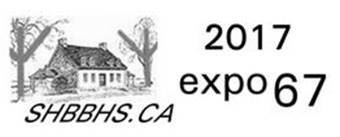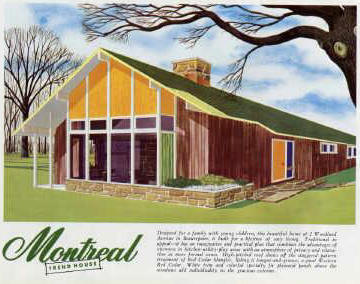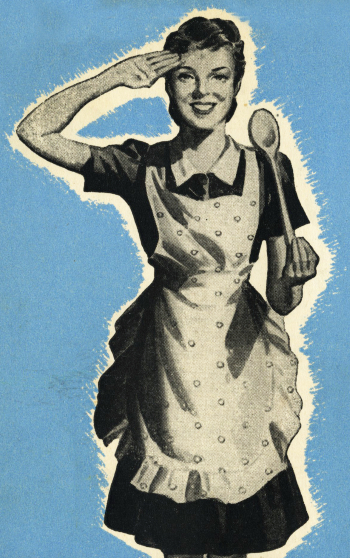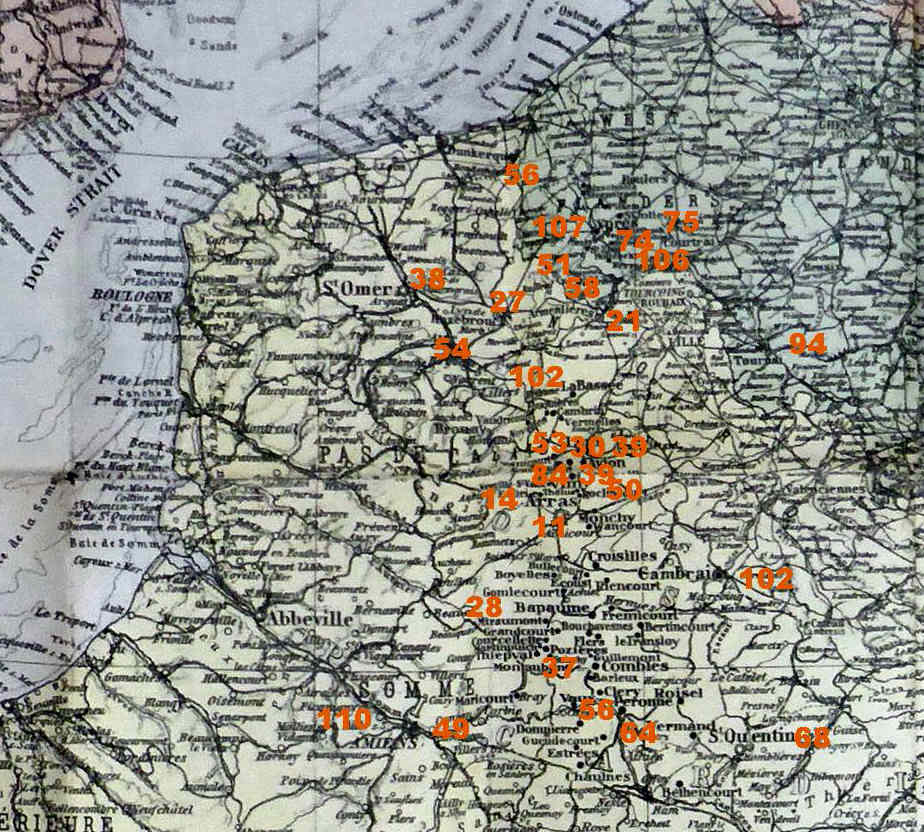20th Century Canadian Pottery
When: Vernissage: Sunday, May 5, 14:00 to 16:00
Exhibition: Tuesday, April 30 to Friday, May 31, 2013, during library opening hours
Where: Beaconsfield Library, Media Room
303 Beaconsfield Blvd, Beaconsfield, H9W 4A7
Everyone welcome. Free entrance.
Information: Contact us
Description: 20th century Canadian pottery including Beauceware, Blue Mountain, Evangeline and others.
The Beaurepaire-Beaconsfield Historical Society will mount a remarkable exhibition during the month of May 2013 in the Media Room of the Beaconsfield Library with a display of between two and three hundred different pieces of commercially-produced 20th century Canadian pottery - the product of a centuries-old industry which died almost completely during the 1980s and lost its last survivor in 2004.
In addition to the main exhibit, there is also a very special mini-display of individual pieces of art pottery, one from each of the Canadian provinces, very kindly loaned by Mme Jacqueline Beaudry-Dion, our speaker on May 16th at 19:30 and President of the Association des collectionneurs de céramique du Québec.
The basic exhibit contains a wide range of pieces of commercial domestic pottery from approximately twenty-seven different potteries, none of which are still producing. These potteries include Alliston, Artisan, Beauceware/Céramique de Beauce (1940-1985), Blue Mountain (1947-2004), Campbell (1859-1928) (became Canada Potteries), CCC, Chalvignac, Chatelaine, ElWill (1953-1984), Estriceram (1973-89), Evangeline (1964-1985), Ipperwash, Laurentian (1940-1985), Maîtrise d’Arts Chambly (1939-1952), Mark/Miller CP & S, McMaster (1938-1988), Meadowcroft (1966- ), Medalta, Medicine Hat (1910-1912), Quebec Artcraft, Quebec Art Pottery (1947-1950), Ridgways Vitreous Hotel China, Royal Canadian Art, Stone Chinaware of St. Johns (1877-1893), St. Lawrence Ceramics (1949-1973), Sunburst, Vandesca-Syracuse China of Canada (1947-1994), and ‘Unidentified’ (always marked Canada, and usually showing a three-digit number).
Eastern Canadian potteries, which the public may be aware of, probably include Blue Mountain, Evangeline and Beauceware, with Blue Mountain coming first. Indeed Blue Mountain (also known as BMP) will be familiar to most habitués of displays, exhibits, thrift shops and garage sales. Most of it displays the graceful shapes and unforgettable greenish-blue glazes of the second half of the twentieth century and it is named after the mountains close to the factory at Collingwood, Ontario.
Evangeline, as you may guess, began life in New Brunswick and is named for the Acadian heroine of Longfellow’s epic poem. However, like many other national business entities, there was a move to Quebec under new ownership and production in Labelle for a good number of years.
Certainly, the major contributor to this particular display, and understandingly so, is Céramique de Beauce (known as Beauceware in Ontario) with about one hundred individual pieces displayed. The most prolific child of a Government of Quebec initiative in 1939, it was designed to retain residents of the Beauce in that region year-round, particularly as the clay soils of that region were most suitable for pottery making. As well, the school that was set up to train potential potters was affiliated with the prestigious École du meuble de Montréal and the École des beaux-arts de Montréal, and it is considered that these were proponents of the Quebec version of the Arts and Crafts movement. Pierre-Aimé Normandeau, one of the founders of modern ceramics in Quebec was a major figure of the former and was instrumental in training and influencing numerous Quebec potters, for example, Jacques Garnier (see black satin ashtrays) and Raymond Lewis.
Perhaps the most stellar designer for Céramique de Beauce was Jean Cartier (1924-1996) who, after graduating with honours from the Montreal school of furniture design, pursued further training in Paris and Stockholm. He is still recognized today as one of the greatest ceramic designers Quebec has ever produced. (See Heritage series kitchen canisters and Bluestone casserole and onion soup bowls)
Another stellar pair of designers whose work was produced by Beauce are Denise Goyer and Alain Bonneau (known generally simply as Goyer-Bonneau) and their famous tea set. (See photograph)
Indeed the sheer volume and variety of Beauce pottery production remains without equal in the history of Quebec and Canadian pottery. Its repertoire reflects actual social patterns and developments; for example, 1200 models of lamps were produced in the latter half of the twentieth century, and almost one-quarter of the whole Beauce production, which was also associated with advertising, was taken up by ashtrays (see shelf), and then toward the end of the 1960’s it saw the emergence of copious sets of French onion soup bowls (see selection). Another range of products is the Paysan design dishes first produced in 1949 and expanded in 1963. Its immense popularity became the image of the company. (See table setting)
Now moving westward as the Canadian population has always tended to, the province of Alberta has been and still is the scene of much commercial pottery production, although, sadly, there is not much in this exhibit, only seven pieces. Yet the Medicine Hat region has been well known for its clay-- yes, of course, Medalta -- and indeed there is one rare piece, a plain white jug, made by the short-lived Medicine Hat Pottery (1910-1912).
Finally, in one corner on a separate table, you will find not Beauceware, but Boozeware, which was inherited from one of Thompson Point's most historical and illustrious families, unfortunately no longer in Beaconsfield.
In conclusion, the historical society hopes that you have enjoyed your visit to the display and that it has piqued your interest and will encourage you to learn more about this aspect of our culture.
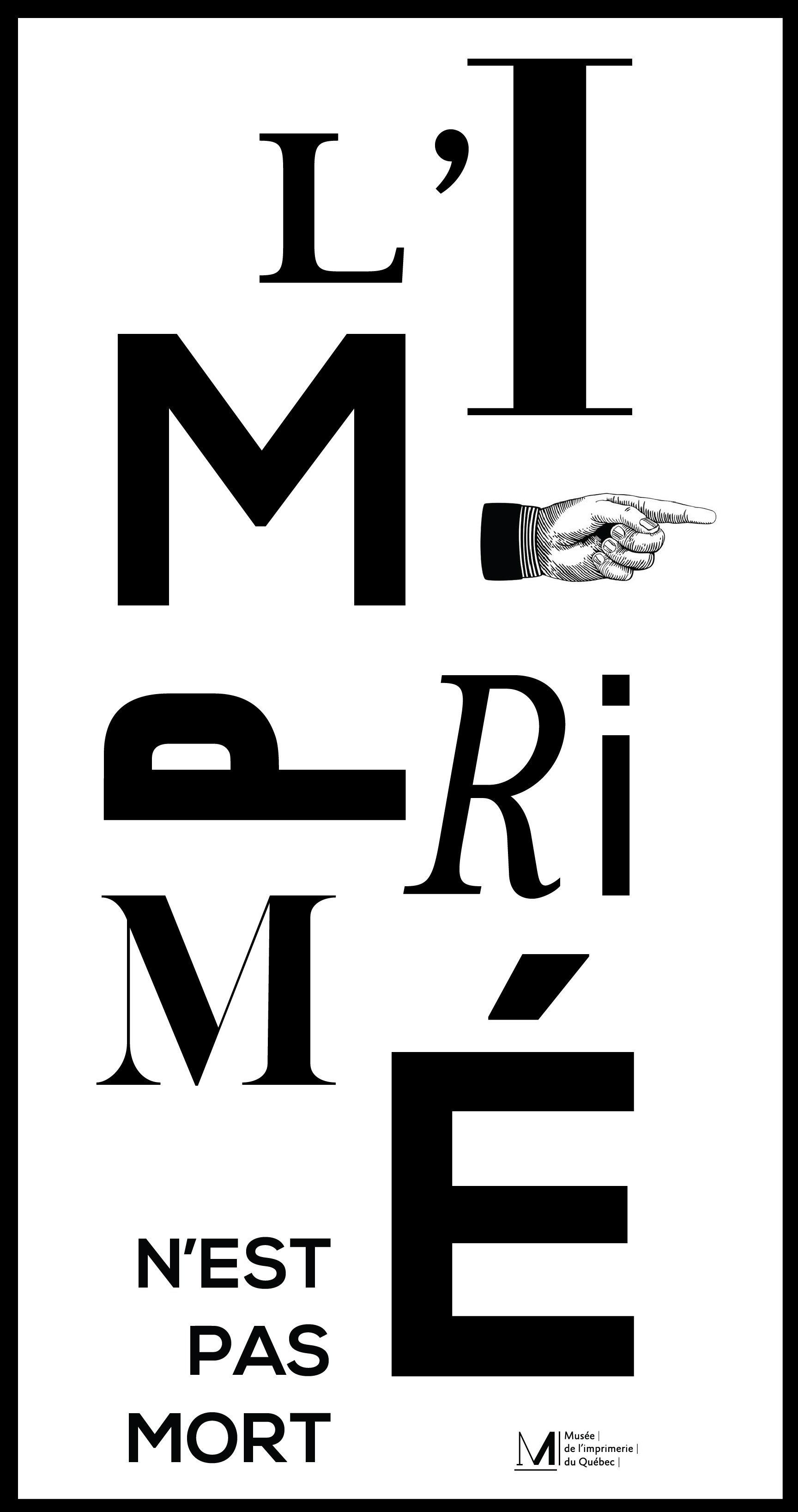 The Printing Press between Paper and Thought
The Printing Press between Paper and Thought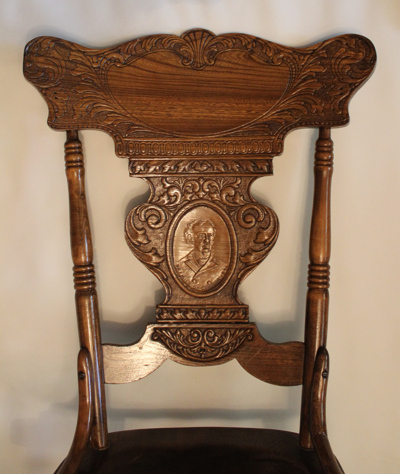
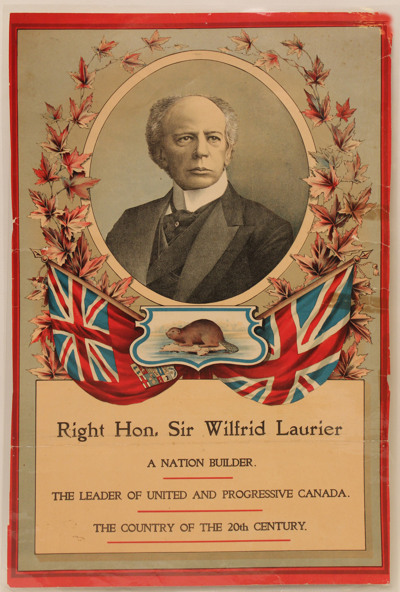
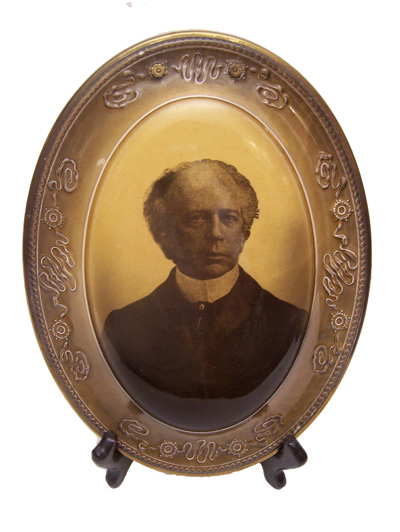
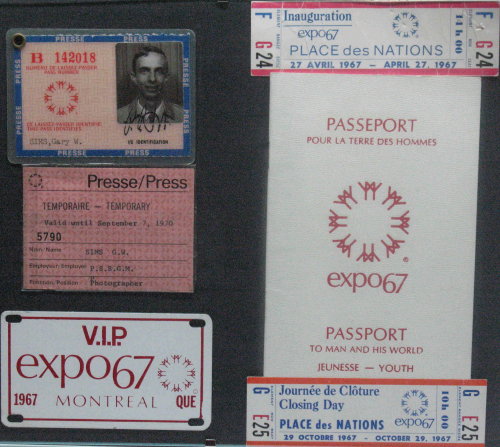 day, September 26 until Wednesday, October 25, 2017
day, September 26 until Wednesday, October 25, 2017 Bring your 2017 Expo 67 passport and relive Expo 67 through an immersive experience by getting a special stamp at the vernissage, or at the library desk after Sept. 28th.
Bring your 2017 Expo 67 passport and relive Expo 67 through an immersive experience by getting a special stamp at the vernissage, or at the library desk after Sept. 28th.